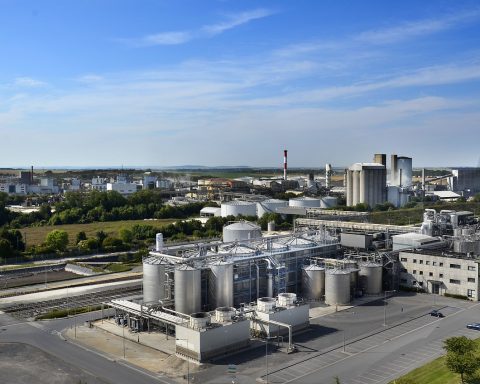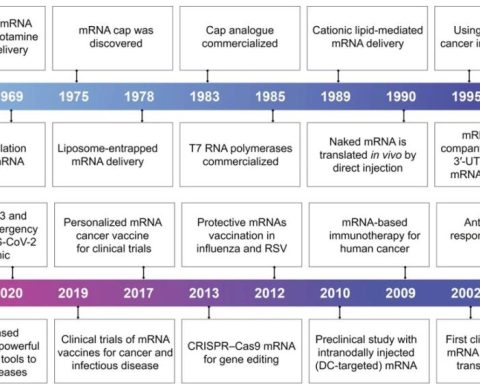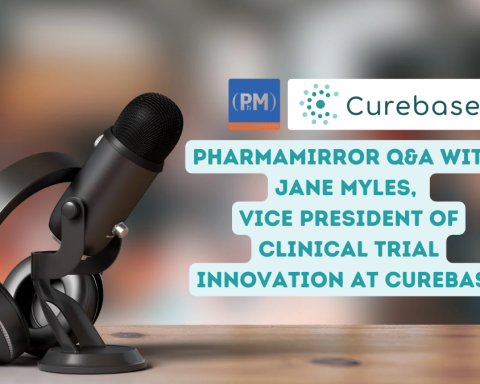Few industries require as much care for precision and security as the pharmaceutical industry. Every part of the production and each end result must be made with the utmost accuracy and attention to detail. As measurement requirements become more precise, exceptional accuracy becomes critical because too much or too little of a substance can significantly affect the potency, effectiveness, and overall safety of a drug.
Under the FDA, United States Pharmacopeia (USP), and Pharmaceutical Microbiology Manual (PMM), pharmaceuticals are required to meet strict health and safety regulations when it comes to toxicity, sterility, and shelf life.
So, it is essential to review the industry’s traditional challenges in this regard, along with the benefits of an advanced composition analyzer, which with one quick, nondestructive test can provide simultaneous analysis of a sample’s entire composition.
Here are answers to some key questions we asked industry expert, John Bogart, Managing Director of Kett US (www.kett.com), a manufacturer of a full range of organic composition analyzers.
Q: What are some production and storage challenges that pharmaceutical manufacturers must overcome to improve precision and safety?
A: While pharmaceutical science is an increasingly exact industry, and the shelf-life of many products is closely monitored, impurities in a drug can have disastrous effects. As pharmaceuticals are developed, transported, and stored for an indeterminate amount of time, at any stage from manufacturer to the consumer these substances and products may develop impurities that make them unsafe for use.
Consequently, pharmaceuticals must be tested for impurities and changes in potency at each step to ensure that they continue to be safe for consumers. Such testing can provide pharmaceutical companies the security of knowing that their products are continuously monitored for precision, correct composition, safety and compliance.
Q: What additional challenges can occur with testing in the field?
A: Conducting frequent compositional analysis tests throughout the process or in the field has traditionally been difficult. In many cases, the primary barrier has been the expertise and time required to conduct such tests. Multiple sophisticated measurement devices such as for moisture measurement and other elements of composition analysis had to be operated by trained personnel who could properly calibrate the equipment. Many such tests also required meticulous sample preparation and disposal.
Q: From a big picture point of view, how can composition analyzers help pharmaceutical manufacturers?
A: A full range of composition analyzers from handheld to desktop and in-line are now available that can help to ensure that each product – every tablet or capsule – is safe to use and will work as intended.
While composition analyzers are not new to the industry and their introduction helped to build momentum for the Process Analytical Technology (PAT) movement a decade ago, advanced units today allow even less-skilled personnel to take instant lab-quality tests.
With a single fast, nondestructive test, a composition analyzer can now furnish analysis of a sample’s whole composition at once. Such “point-and-measure” options enable multiple readings to be quickly taken at any stage of the process, as well as at loading docks, on trucks, at suppliers, or in bins, vats or vessels.
Whether dealing in bulk, dose, tablets, capsules, gel, or liquid-based products, by simplifying the process, pharmaceutical manufacturers can increase the quality of their products from chemical receipt, formulation, and processing to end product manufacturing and distribution.
Q: How can composition analyzers specifically help pharmaceutical manufacturers in terms of testing for safety, compliance, and quality control?
A: In pharmaceutical manufacturing, determining a wide variety of compositional characteristics – such as the level of moisture, purity, or contaminants in raw inputs, in-process substances, and end products – can be essential to ensuring safety and compliance.
Typically, pharmaceuticals require three primary tests including one that involves moisture. One test determines solid content for quality and for dosage quantification. Another test measures residual solvents, which are sometimes used in the chemistry of production; these need to be below a certain level to be “acceptable” for human consumption. A third test relates to blend homogeneity. When blending solids in a stream, it is necessary to ensure that the blend is sufficiently homogenous, so it is ready to move to the next processing step.
Composition meters can efficiently perform all three of these measurements in a single test. Full-spectrum units can perform not only these three analyses, but also a vital test measuring Active Pharmaceutical Ingredients (APIs).
As such, frequent compositional analysis can help pharmaceutical products stay compliant when sold based on regulated moisture content. Moisture content is measured to get the solids content; and measuring the amount of solid in the dose is required to ensure that the patient receives the correct amount of API. It is also necessary to measure the level of purity/contaminants and other factors that can affect safety and product effectiveness. Prescribed percentages must be met in order to satisfy certain specifications, or the product/substance will not be accepted by the regulating agency.
Q: Traditionally, how has compositional analysis been done, and what are the drawbacks of this?
A: Traditional laboratory and online based moisture measurement techniques are useful in the right settings. However, they have lacked the simplicity and flexibility required for frequent spot checks.
One common test is a Karl Fischer (KF) test. This procedure calls for chemical reagents to be added to the sample to separate the water from the remaining product. The water removed is then compared with the initial mass or volume. Samples are generally small, making the assumption that a large batch is homogenous. Also, since the chemical reagents need to be used, skilled personnel are required to determine the initial parameters, confirm that the system is properly calibrated and maintained and, at times, required to actually conduct the tests. Disposal of the reagents and waste can be subject to substantial documentation and costly handling.
Another test used is Loss on Drying, which measures the total material weight change after drying. However, such tests typically require a sample to be prepared and brought back to the lab. The test takes at least 15 minutes to several hours to perform, which is too slow when more immediate measurements are required. It also requires the sample to be altered or destroyed.
Beyond this, there could be a number of additional primary tests required to determine other necessary characteristics, such as the level of purity or contaminants in a pharmaceutical substance or product. Each of these tests usually requires separate tools, procedures, and sample preparation. This requires not only skilled personnel but also extra time and labor for each separate measurement as well as the additional use of potentially very expensive product which is destroyed in these other tests.
Q: Why have secondary test methods been developed? What are NIR compositional analyzers and what do I need to know about them?
A: Secondary test methods have typically been used to deliver faster results. This type of test uses an indirect method and a single conversion to achieve accurate results. Secondary measurement techniques are routinely accepted as equal to the gold standard method. Examples are speedometers, common infrared and liquid thermometers and most pressure gauges. If there is a disadvantage, it is that the instrument must first be calibrated to ensure accurate results. In some cases, calibration could only be performed by trained staff familiar with the equipment.
In response, industry innovators have developed a simplified approach that allows even less-trained personnel to take portable, desktop, or in-line, instant composition analysis readings of pharmaceutical industry feedstock, in-process formulations, or end products as needed.
The approach involves devices that utilize Near-Infrared (NIR) light, a highly accurate, non-contact, secondary measurement method that can deliver immediate, laboratory quality composition analysis readings.
NIR composition analyzers allow very accurate, instant, simultaneous measurement of multiple organic components in solids and liquids without contact or sample preparation, so there is no product contamination when using handheld and inline/online models.
Q: What other advantages do advanced NIR compositional analyzers offer?
A: Because the NIR process is non-destructive, samples remain unaltered so they can be used for additional tests or put back into the product stream. Because no direct contact or sample alteration is required, particle size variation and unusual textures are not an issue. This can be important when used with a range of chemicals, formulations, or end products in different settings.
Once a composition analyzer has been calibrated against lab or production standards for the components to be measured (moisture, purity, etc.) the calibrations can be good for the life of the instrument. The is true as the instrument can be continuously verified against stored optical standards that provide full traceability to the original measurement method, and the calibrations are stored in different “channels” in the instrument.
With a composition analyzer, a NIR light source is reflected off, or transmitted through the liquid or solid sample. Several organic components can be measured in single test when the light resonates with certain molecules and the analyzer measures the sample’s light absorbance values, its ‘optical fingerprint.’ This is combined with the calibrations stored in different analyzer ‘channels’ to instantly display multiple simultaneous.
This means that when the sample’s compositional accuracy is being tested anywhere within the production process, from manufacturing to distributing, a composition analyzer is able to provide fast information for verification or validation of “release specs”.
Because accurate measurement is achieved without pre-processing the samples or waiting for lab results, this dramaticaly reduces the test cycle, enabling pharmaceutical manufacturers to focus on improving product quality and not on sampling and prep work.
Q: Any last words of advice to pharmaceutical manufacturers looking into using compositional analyzers?
A: The goal is for any staff member to be able to successfully use a composition analyzer whenever and wherever it is needed, with minimal required training. This allows the pharmaceutical industry to be certain that products are of the highest quality.
The key is to cost-effectively be able to conduct as much testing as required, with full confidence in the results, each and every time.








